In this special article we are going to explore with you the various possibilities for those who don’t have budget problems and want to build a professional station for sim racing: how to do it?
The growth of the gaming sector has gradually exploded over the last few years, also thanks to the Covid-19 pandemic. And, a bit like all types of sports video games, Sim-Racing is also having its peak in popularity, also thanks to the exponential growth of the eSports market in Italy and throughout the world. Entering this world is not particularly difficult: you can do it even with a generally low budget (we explain how to do it in a specific guide, click here!). However, if you have the money and space available, perhaps this article is the one for you. And so: how to build a professional sim-racing station?
Where to buy the best hardware pieces
Before going into the heart of this article, we want to tell you that, here on techgameworld.com, we have already made some guides available for the purchase of the best hardware pieces that make up a professional sim-racing station. Below is a list with the attached articles:
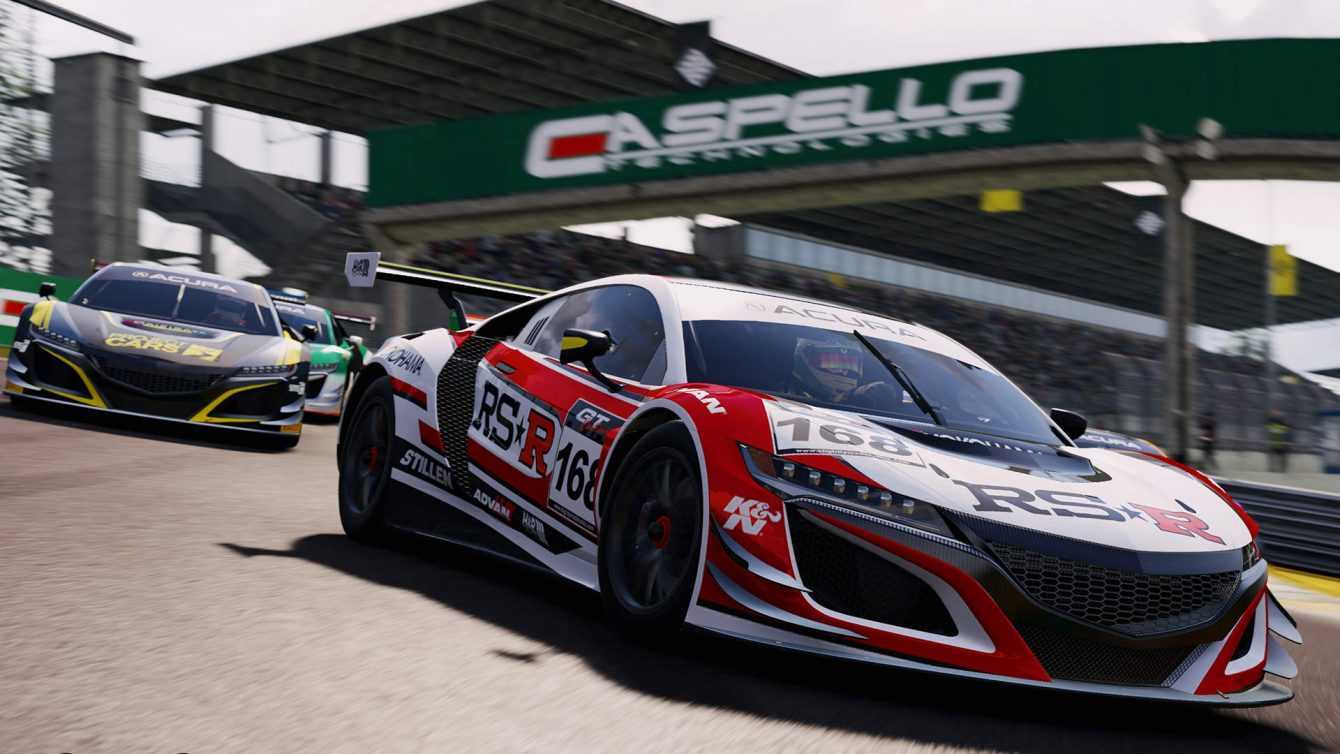
What does a professional workstation consist of?
First of all, let’s try to understand what a professional Sim-Racing station actually consists of. Starting from the list, which you find below, you will understand well that optimization is key, because no matter how high a budget you may have, it won’t be infinite. So, what are the components of a professional driving simulator? Here they are summarized:
- Computer
- Monitors (one or more)
- Chassis
- Driver’s seat
- Pedal board
- Steering wheel
- Change
- Electronic steering motor
- Any aesthetic additions, such as decals or other types of customization
Factors to take into consideration
Considering the quantity of material to purchase, you will understand well that you will have to make careful choices. On what to base these choices? In our opinion, there are three fundamental factors to take into consideration:
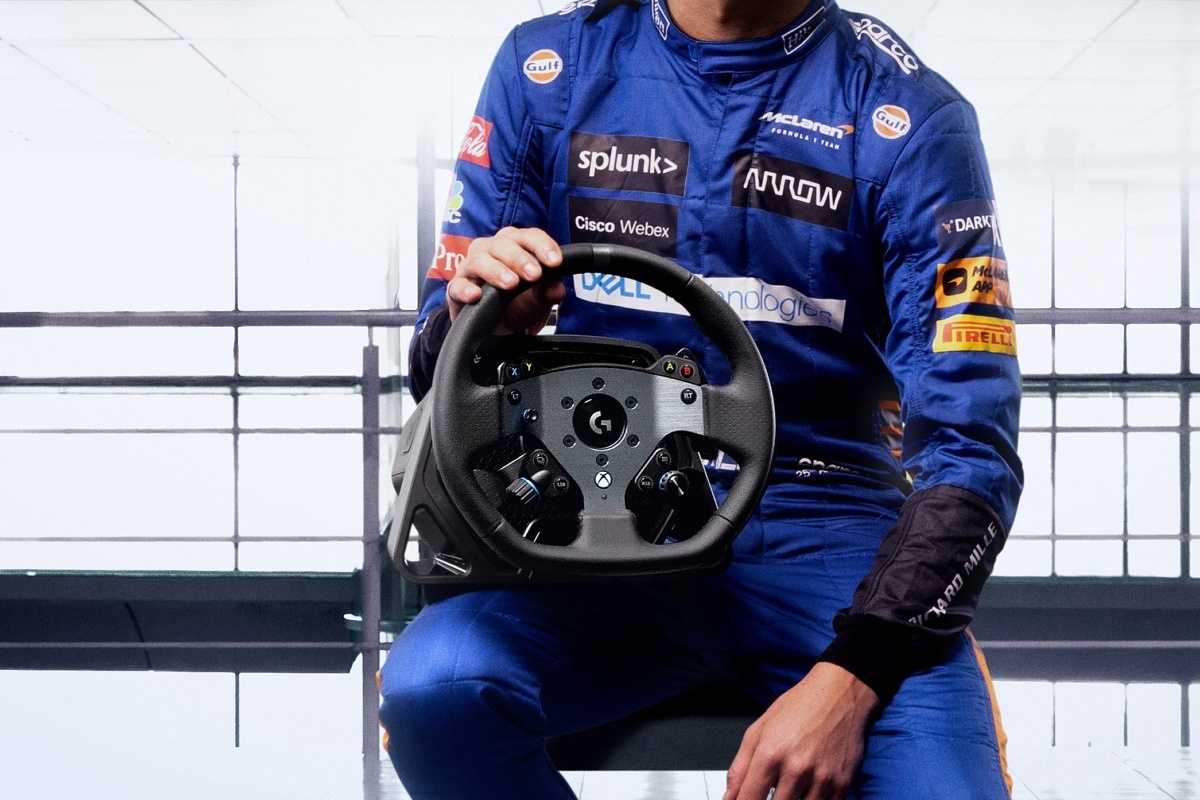
The physical structure: the frame | Sim-Racing: how to build a professional workstation
So let’s start with the physical structure. As with any other field, even for eSports equipment the quality varies depending on the level you want to achieve. The fundamental thing to take into consideration regarding the frame, for example, is the resistance to the force applied to the pedal. Furthermore, if you are playing non-static simulators, you must also take into account the resistance to lateral forces, in addition to acceleration and braking. Finally, take a frame that can support the screen (or screens) that will be integrated without any kind of problem.
The seat
What differentiates a Sim-Racing seat from a classic gaming chair? Basically, the size and the fact that the seats are more enveloping and often equipped with headrests. In this case you also need to distinguish the type of simulation you play. If you have to simulate a Formula 1 car, for example, you will need to have a seat that allows you to drive almost while lying down. If, however, you need to simulate a GT car, you will need a seat that allows you to hold a more conventional position.
Obviously you can own more seats based on the needs of the moment, or buy an adjustable one and which can adapt perfectly to the style you desire. In this second case, also pay attention to the possibility of adjusting it based on the distance of the pedals and the steering wheel.
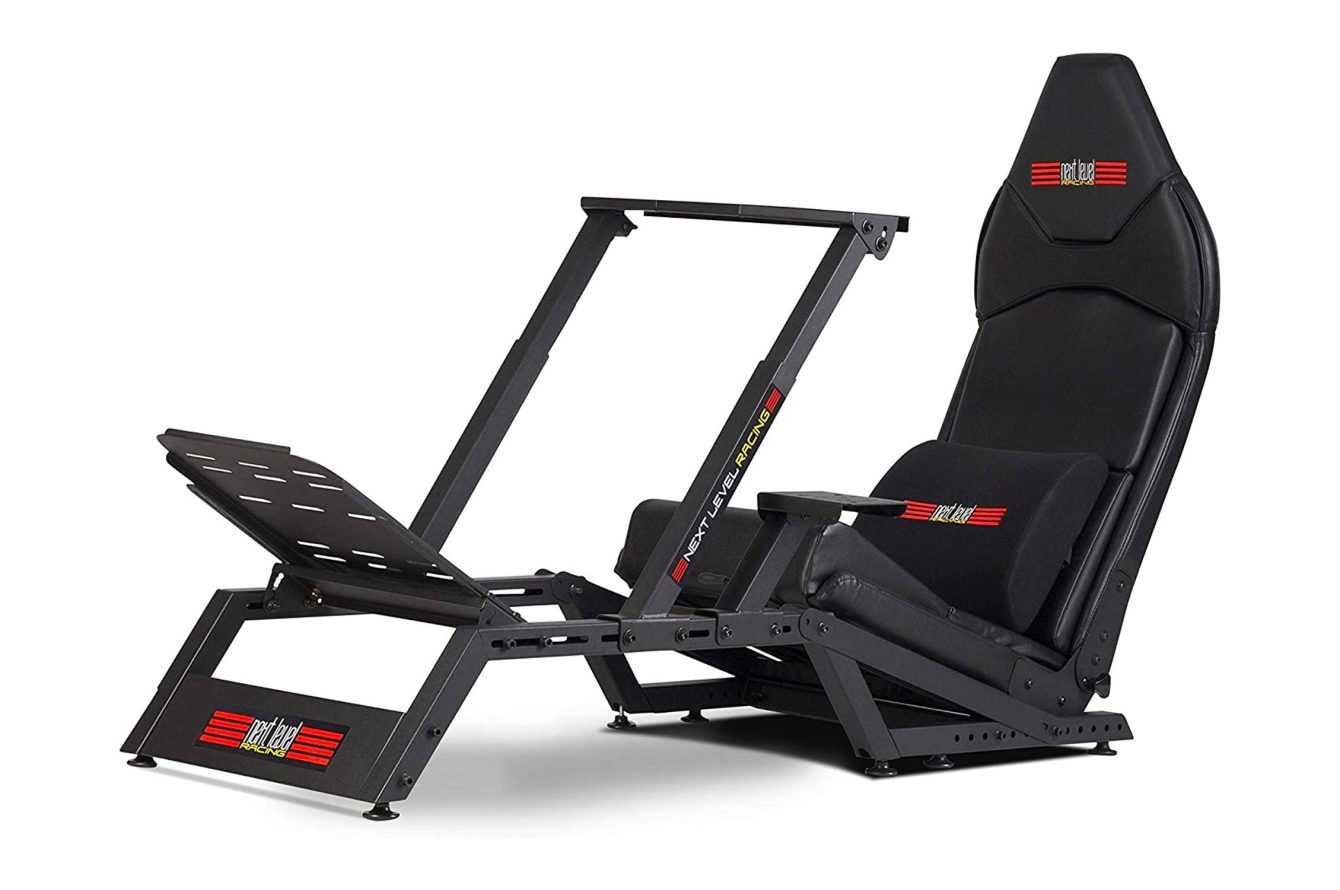
The beating heart: the computer | Sim-Racing: how to build a professional workstation
Let’s move away from the physical side and head towards the beating heart of your Sim-Racing station. If you want a professional and realistic driving simulation, you will necessarily have to have a PC that guarantees impressive graphic performance. There are obviously pre-packaged specific computers for eSports, but the most important thing is to have a minimal delay between command and display on the screen and stellar fluidity. Below are some of our guides on the best PC components you can buy:
And what about the monitor?
As in the case of the PC, you will have to choose the screen that best suits your concept and degree of simulation. Not only is size important, which at a certain point becomes almost secondary, but also the shape: you tend to prefer screens with a good degree of curvature, if you can only buy one, or three different screens, one front and two side.
This choice, as well as the actual dimensions of the monitors, vary based on the space available to you. The fundamental thing, and which goes back to what has already been said for the choice of computer, is the performance of the screen itself. Always choose screens designed for gaming and which have an infinitesimal response time. Basically, therefore, we tend to recommend two options:
- A single curved screen, with a good degree of enveloping and realistic, and which very much reflects the concept of depth of human sight.
- Three screens of 32” each, placed one in a row.
In both configurations, it is important that the refresh rate is very high, equal to or greater than 144Hz. If you want some more specific advice, we refer you to our guide:
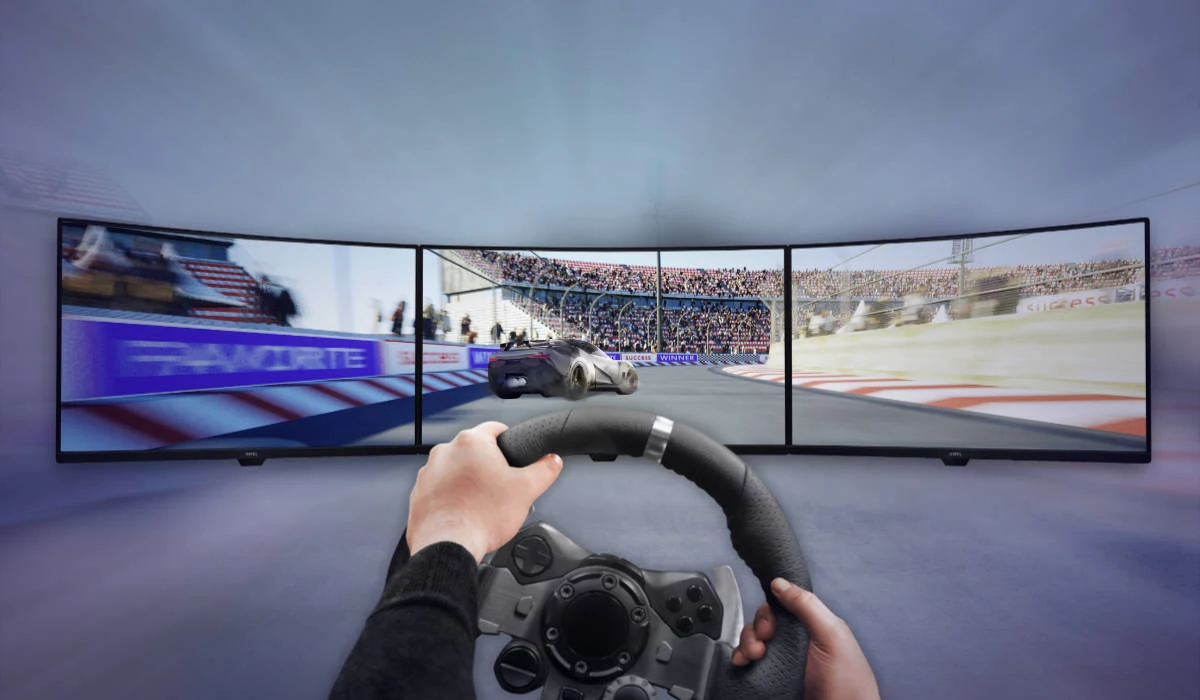
How to choose the pedalboard | Sim-Racing: how to build a professional workstation
We come to one of the most important choices for building a professional Sim-Racing workstation: how to choose the pedal board? Let’s start from the “price” discussion, basically we can divide the pedal sets for Sim-Racing as follows:
As is obvious, the higher the price, the better the performance. Basically, a good pedal set must give a feeling of realism and be able to withstand (together with the chassis) sudden acceleration and braking, with continuous and often violent pressure. Another important feature to take into consideration is the sensitivity of the pedal, as well as its precision in receiving even very light inputs.
High-quality pedals manage to transfer truly exceptional sensations, from shifting the weight of the machine to the front or rear. Entry-level pedalboards are often not capable of this degree of sensitivity. Furthermore, it is also important to be able to adjust the pedals both in height and in distance, to be able to make specific maneuvers and acceleration and braking games.
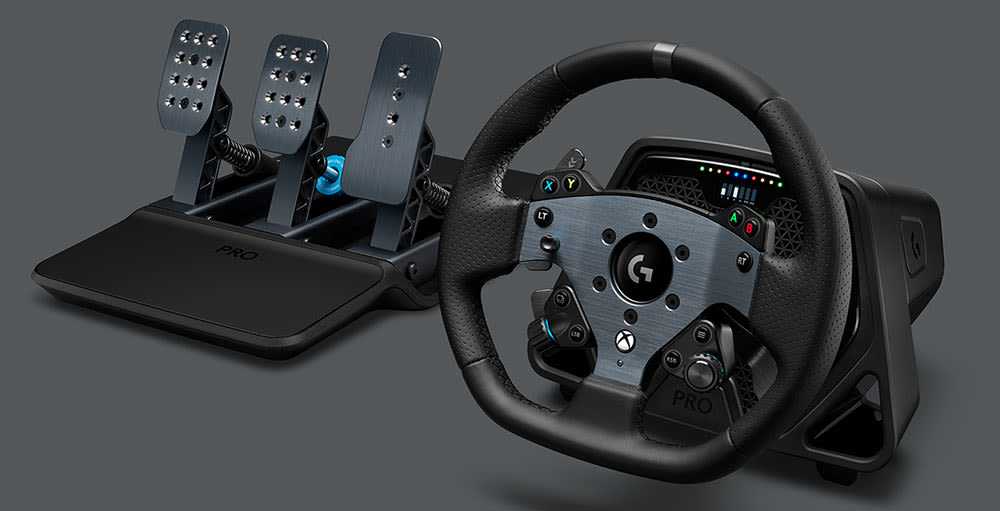
How to choose the steering wheel | Sim-Racing: how to build a professional workstation
Steering wheels for driving simulators are often, above all, damn beautiful. The aesthetic factor, however, can also have an impact on technical performance. For example, if you are a Formula 1 player, you will tend to dismiss the completely round steering wheel. Regardless of these details, what matters most when choosing a steering wheel is obviously the technical side and the question you need to ask yourself is always the same: What do I really need?
The answer, even in this case, always depends on your budget and the type of player you are. On the steering wheel you can find various functions, such as the possibility of dividing braking between front and rear, controlling the intensity of the ABS and other technical details that become fundamental at medium-high levels. The more versatile the steering wheel, the more customization it allows you, the higher the price will obviously be. As with the pedals, the steering wheels start from Entry Level prices (around €100, even less if you look at the offers), up to professional models from €2000.
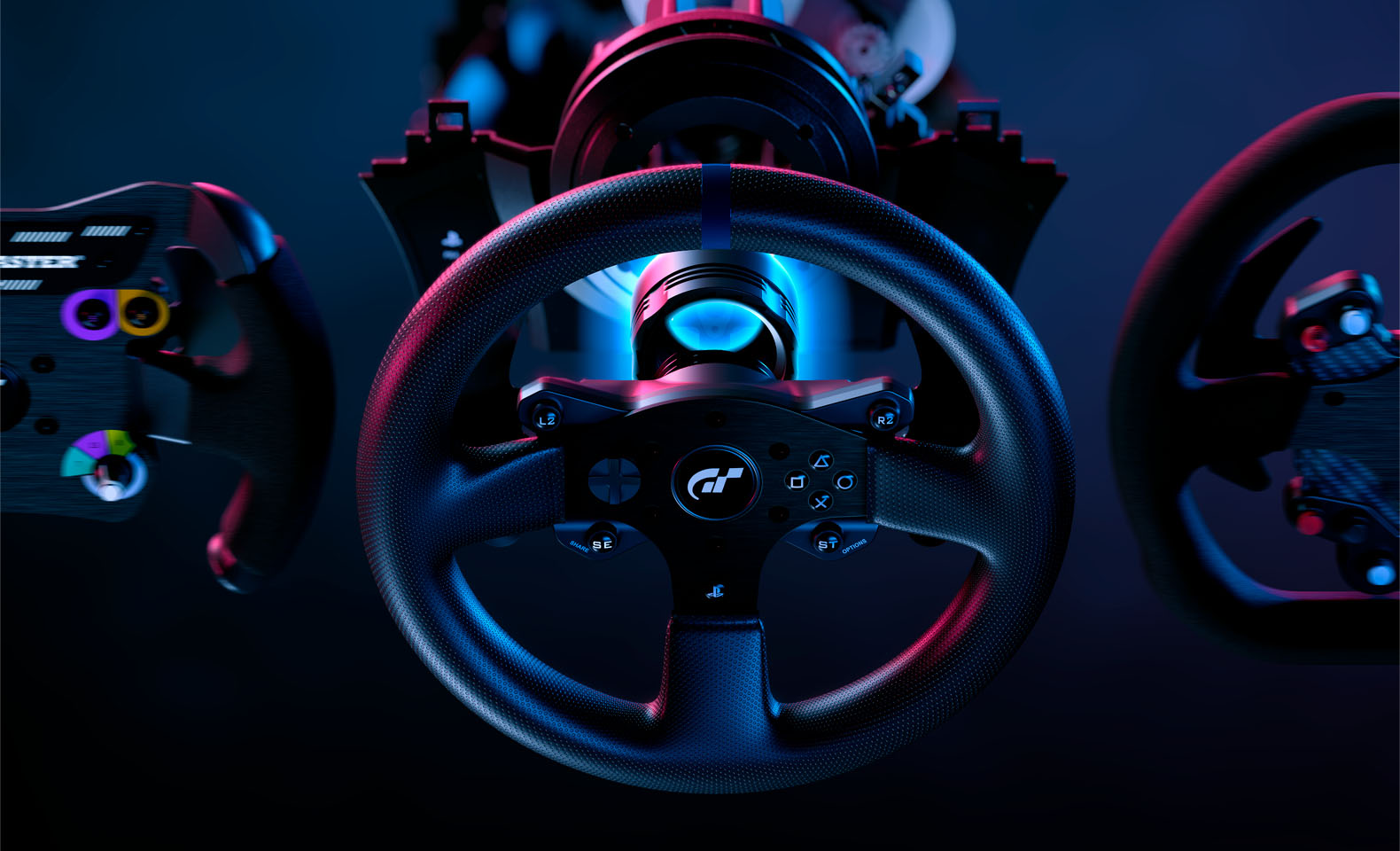
How to choose steering motor and gearbox | Sim-Racing: how to build a professional workstation
The steering motor it is generally included in entry-level steering wheels, while the professional ones usually do not include them to leave the choice to the professional player. You will have to consider purchasing it because it is the element underlying the physical sensations within a professional Sim-Racing station, such as, for example, the impact with curbs or with other cars.
It is precisely the steering wheel that exactly reproduces the forces that the car applies on the steering wheel, so at high levels it will not be enough for you to have a high-end steering wheel for accuracy that aims more at realism. The average price for steering motors is around €200, but even here, if you check the offers, you might find some surprises.
And what about the exchange?
The manual gearbox it is often a superfluous accessory, because driving simulators usually only use cars with automatic transmissions. You can still decide to add it to your driving position for pure aesthetic and personal pleasure, but it will not impact in any way on its performance or realism.
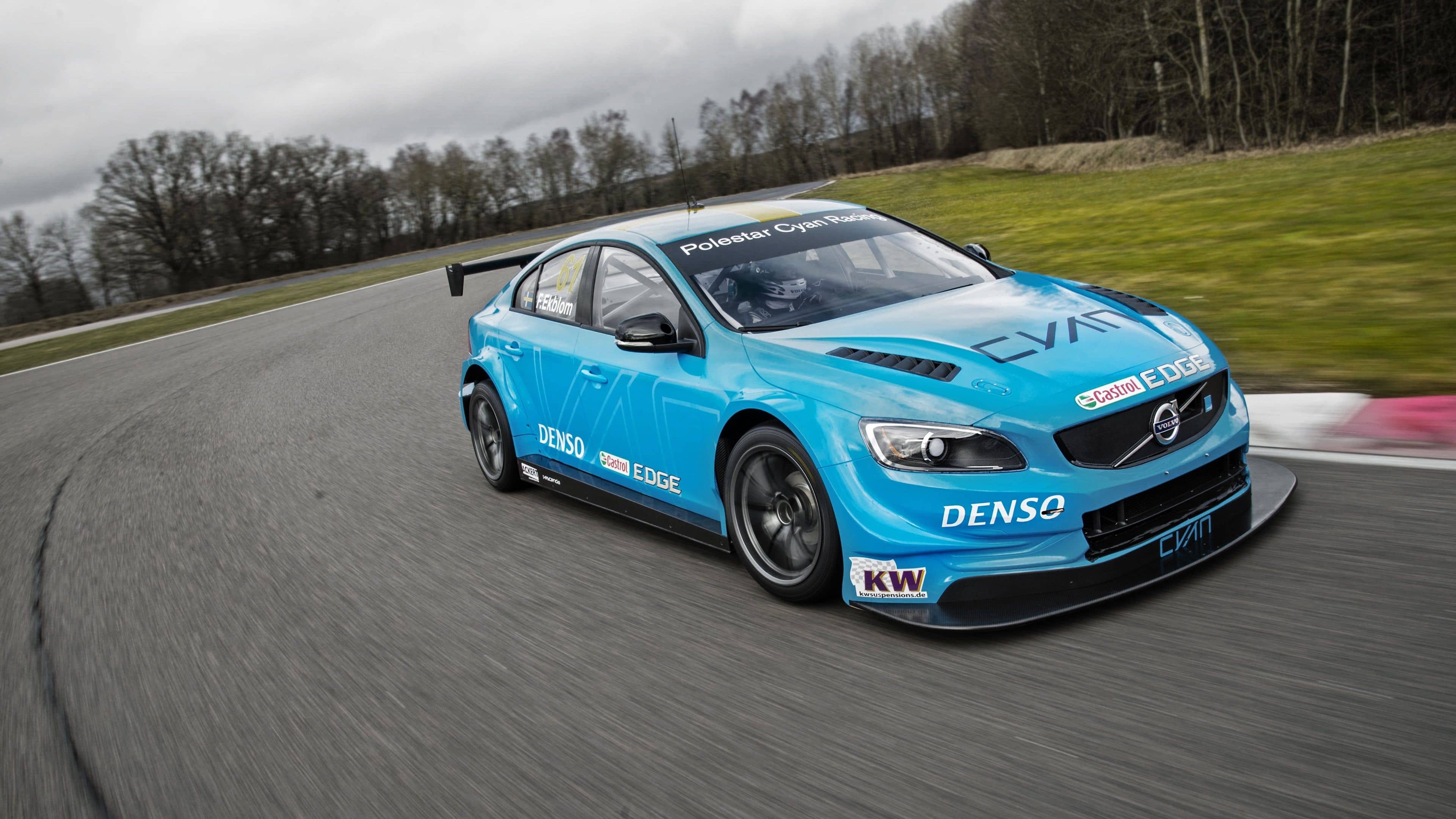
Have fun (and happy assembly!)
And that’s all we can tell you about how to build a professional Sim-Racing workstation. Let us know what you think below in the comments and stay tuned with us at techgameworld.com for all the news, guides and reviews on gaming and tech themes! And if you want to buy some driving simulators at advantageous prices, we recommend you take a look at the InstantGaming catalogue!













Leave a Reply
View Comments